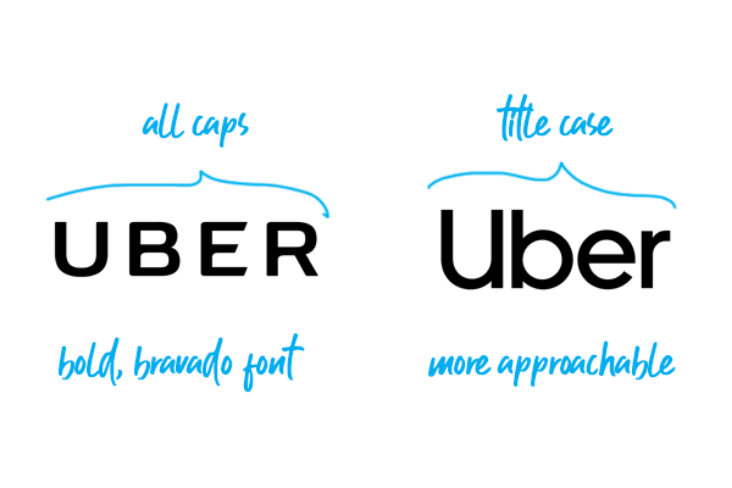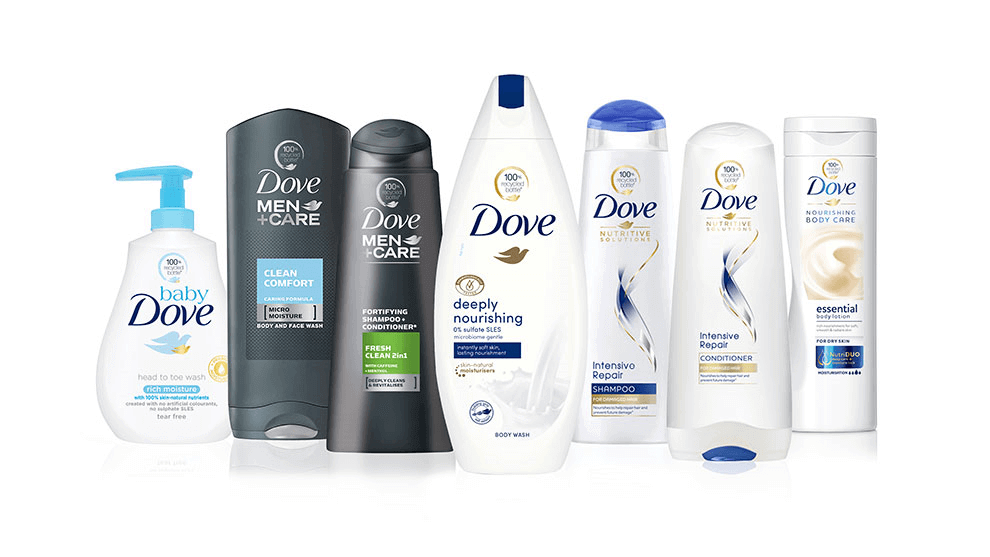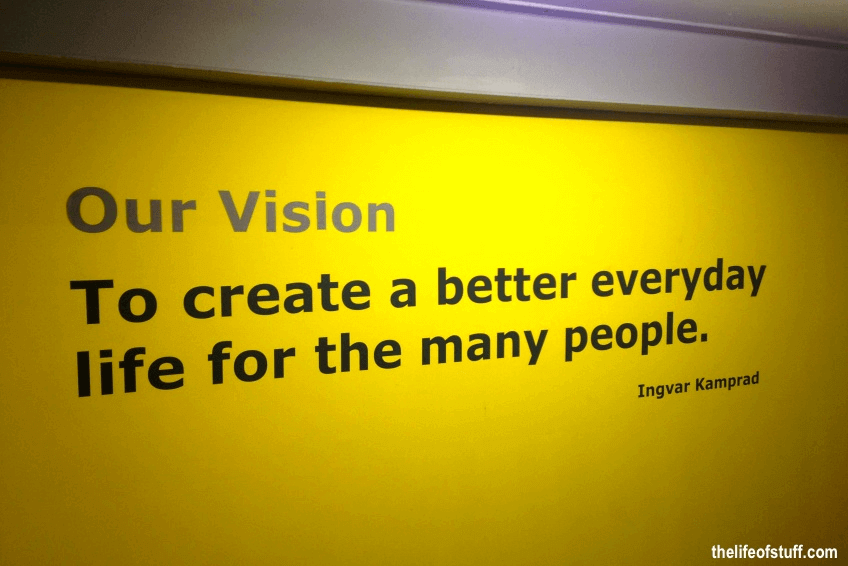
3 min read
Adjusting and refining your branding efforts is pretty much like solving a jigsaw puzzle — you will not see the end result until all the pieces have been added to a unifying whole. This is when you get the big picture and all your efforts will finally pay off. But until then, it’s a game of concentration and plenty of trial-and-error.
Indeed, putting your branding efforts together requires a thorough observation of all the puzzles and little details that should be assembled in a comprehensive pattern. This allows you to reassess and evaluate your branding efforts and stay on the lookout for potential areas of improvement.
But what are the basic elements of branding that should be included in our puzzle? Focusing on the wrong areas means that you might lose focus and invest your energy in something that will not fit into the bigger picture. This will only lead to the creation of more puzzle pieces and ultimately weaken your overall branding strategy. So let’s explore the elements of branding and their definition so that you can bring unity to the entire perspective.
Branding Elements: 4 Pieces of the Puzzle
Normal text: Taglines in general are short texts aimed at clarifying a thought or creating a dramatic effect. They can be associated with an individual, social group, or product. In marketing and advertising, taglines are catchphrases or a small group of words that should help customers identify a product or company.
Brand taglines complement the overall branding strategy. Along with the brand name, the tagline is an audible impression of a brand. However, its goal is to be easy to understand and remember in order to make a brand stick. As in, if customers do not remember the brand name, they might remember the tagline from an advertisement.
1.Vision
You know how they say that “it all starts with a vision.” This is probably the most important element of your brand because it puts the need of the consumers at the heart of the business. To this end, you have to think about the following:
• What drives your business forward?
• What sets you apart from the competition?
• What aspects of your offering add value to consumers?
Answering these questions will help you get a grip of your vision so that you will be able to communicate it effectively moving forward. And once you do, always remember to put the needs of the consumers first. After all, generating profit is just a consequence of the value you bring to the market and the way you improve the quality of life for others.
One example in this sense is IKEA. The brand’s goal is formulated very clearly: “Our vision is to create a better everyday life for many people.” This statement is both laudable and plausible for IKEA, since the furniture-maker is known for its affordable prices that could fit everyone’s lifestyle. IKEA has stayed true to this vision since it was founded in 1943, so it could probably explain why it remained the most successful player in its industry.
2. Emotion
Whether you like it or not, consumers will form emotional opinions regarding your brand. This aspect is rather difficult to handle, but you have to remember that feelings contribute to purchasing decisions, and ultimately to your bottom line. In fact, using emotional branding in one’s advertising efforts can increase effectiveness by 50%. So if you want to build a loyal customer base, appealing to their positive emotional side is one sure way to get there.
One company that makes great use of emotion in its branding efforts is Apple. The tech giant appeals to the consumers’ desire to be part of a lifestyle movement to better position their products. And in order to foster this lifestyle movement, the company infused this purpose in all aspects of the business. Launching new products is an event in itself for Apple, where prospects and customers feel part of something important.
Ultimately, the emotional aspect can make or break a business. Or force it to rebrand in order to sway negative emotions in the market. Uber’s 2018 rebrand was started in an attempt to remove negative associations related to the brand’s alleged toxic culture. As a result, the company replaced its former CEO and redesigned its all-caps logo as something less imposing.

Source: image
3. Consistency
As you get started with your branding efforts, it’s easy to get swept away by the sheer amount of possibilities. You want to experiment, you want to unleash your creative forces, and you want to explore all the channels and touchpoints out there to engage with your target audience. But these indefinite efforts might ultimately do more harm than good.
A strong brand image relies considerably on consistency. The competition is fierce, so standing out in the crowd is essential. This is particularly important with the rise of digital businesses warranted by social media. Everything that you do is subject to criticism online, and you don’t want your brand to become a viral sensation for entirely different reasons than what you set out to project.
To put consistency at the heart of your business, make sure to analyze every content or visual you share with your audience. Always ask yourself if this is going to contribute to your overall brand image or not. If it does, then you have yourself a keeper. If not, you need to go back to the drawing board and re-think your strategy.
To boost brand recognition and retention, Dove relies on a consistent brand image across all channels. The color of its products is always white in order to help the logo and brand name stand out. From its packaging to marketing communications or advertising, the company employs the same color scheme, fonts, and creative elements to help consumers recognize the brand easily.

Source: image
4. Perception
As much as you invest in your branding initiatives, consumers will actually dictate how your brand will be perceived. That’s why the impression you leave on your audience can determine how successful you will be. Of course, some perceptions are more valid than others, but most are rooted in reality to some extent. That’s why it’s important to measure and document them in order to improve future branding initiatives.
One area that suffered considerably from shifting consumer perceptions has been the fast-fashion industry. As a result, companies enhanced their corporate social responsibility (CSR) programs in order to improve their brand image. One example in this sense is H&M. The Swedish retailer created an organic clothing line and a clothing recycling program in an attempt to improve consumer perception in relation to alleged environmental and ethical issues resulting from their business model.

Source: image
See All the Elements Add Up
Having analyzed these four elements of branding with examples, what are the insights we can glean from our examination? Is IKEA successful just because of its brand vision? Is brand consistency the key to customer loyalty for Dove? Of course not. These essential elements of branding are only as good as the overall branding strategy that supports them. Overlook one aspect and you risk jeopardizing everything that you already invested.
Once your puzzle is complete and all the elements are in their place, chances are you will see your brand come to life in the eyes of the consumers. The key to long-term success is to measure and communicate all these elements effectively — and consistently.
The Xara branding hub
Whether you want to grasp the basics of branding for your new business, want to work on your brand strategy, are stuck with your brand visuals or want to find branding tips on how to grow your business, check out:
- Foundations — Learn the basics of branding
- Strategy — Plan your brand strategy
- Build Story — Build a brand 1: Your brand story
- Build Visuals — Build a brand 2: Your brand visuals
- Management — Control your brand: Brand management
- Growth — Grow your brand: Brand marketing
- Improvement — Improve your brand: The rebrand
- Measurement — Measure your brand: Brand analytics and KPIs

